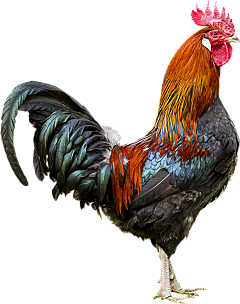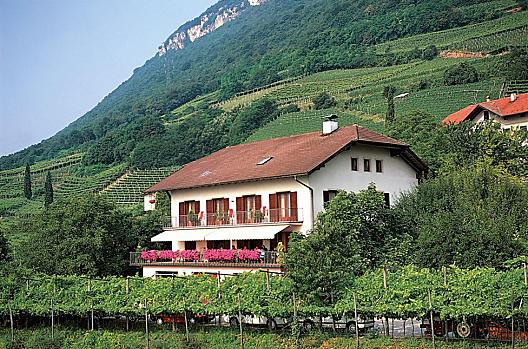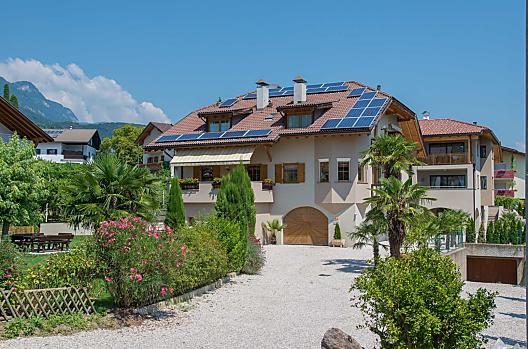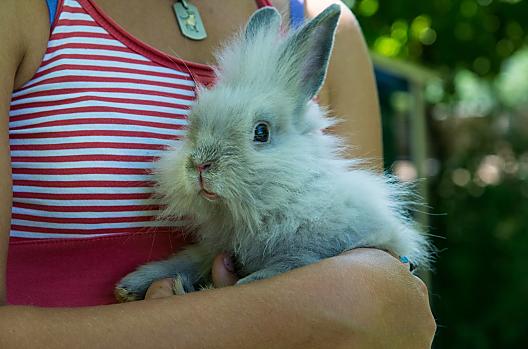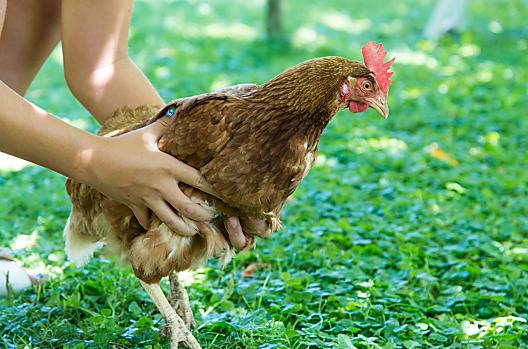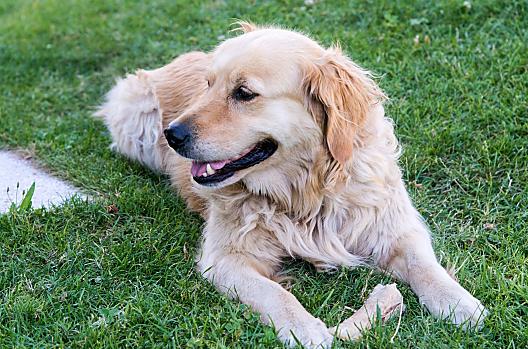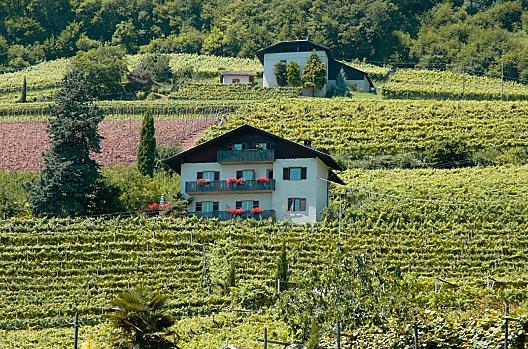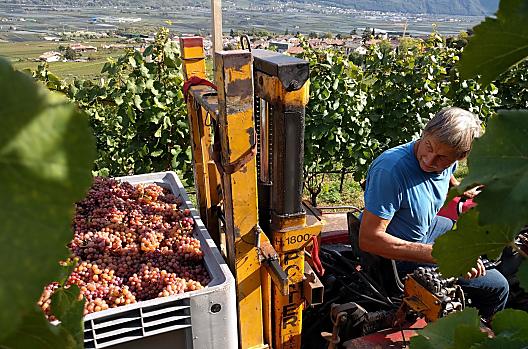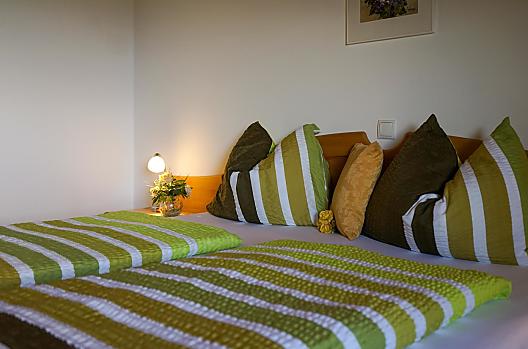The Egetmann parade, which takes place every Shrove Tuesday on odd-numbered years, attracts thousands of spectators to Tramin.
The main character in this huge procession is the Egetmann, and the lively event is named after him. Trumpeters and Schnöller (whip crackers) open the procession, followed by stewards, who sweep the road clean, and farmers with rakes, scythes, ploughs and a cart filled with seed corn. This is followed by the main figure, the ‘Egetmannhansl’, a puppet dressed in a black jacket, top hat and white gloves on a horse-drawn carriage. At the front of the carriage, there’s a bride sitting next to the coachman. Since women have never been allowed to take part in the procession, all the figures in the procession are represented by men, including the bride, who isn’t allowed to drink wine during the procession, but she can have plenty of schnapps. Town councillors and a clerk sit solemnly in the second carriage. The carriages stop at every fountain and announce a wedding with strange mocking poems, which are greeted by the councillors and the public after each verse with a hearty "Ho!". The parade continues to develop into a colourful procession of bakers, blacksmiths, cobblers and the famous ‘old women's mill’, which forms the conclusion of the traditional part of the parade. The ‘old women’ are captured with great fanfare and thrown into the mill; after a complete rejuvenation, a delightful young girl emerges from the mill. During the whole procession the "Schnoppviecher", or “Wudelen", are up to mischief. They’ve got enormously long necks and dragon-like heads that constantly open and close their jaws with a loud clatter. And current events are part of the Tramin Egetmannumzug too. The historical part of the procession is followed by floats and organizations that satirize local and global political events.

